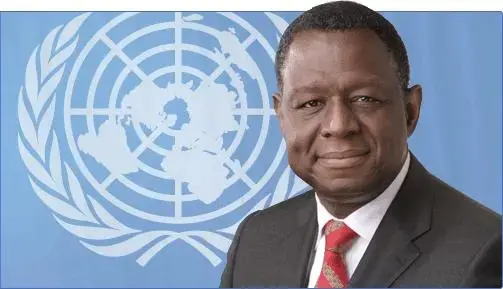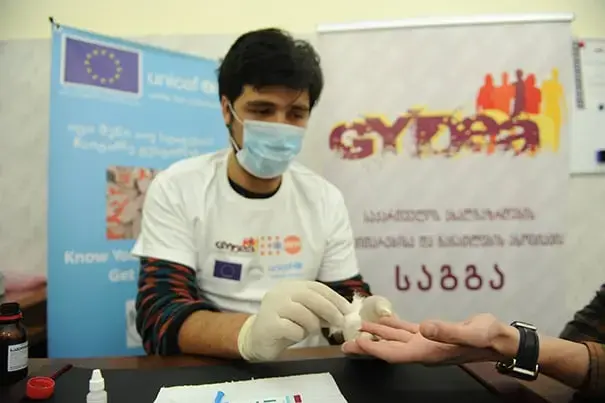Millions of people are vulnerable to HIV infection, and AIDS remains the leading cause of death among women of reproductive age and young adolescents. Stigma and discrimination continue to impede the realization of people’s rights, including access to essential information and services to prevent and treat HIV.
Ending the AIDS epidemic requires long-term investments. Sexual and reproductive health and rights, indeed all human rights, are essential for realizing this vision. And given their higher risk of HIV infection, youth and key populations require focused support.
UNFPA’s approach to HIV is based around three strategies: promoting human rights and reducing inequalities, integrating HIV responses into sexual and reproductive health care, and preventing sexual transmission of HIV.
Georgia is considered a low HIV/AIDS prevalence country among adult population with estimated prevalence of 0.4%, by April 20, 2017 officially a total of 6311 HIV cases have been registered, but estimated number of HIV infected persons in Georgia is approximately 9600 with 49% of infected persons not knowing their status.
From the early years of epidemic injecting drug use was the major transmission route, over the last years sexual transmission of HIV has been on rise, out of all registered HIV cases 43.6% is attributed to heterosexual contacts.
HIV epidemic in Georgia is concentrated among key populations with the sharp increase of HIV prevalence among men having sex with men (MSM) population since 2010, from 7% to 25.1% in 2015. With this data, Georgia becomes the ECCA regional leader in terms of HIV prevalence among MSM population. Therefore, the HIV epidemic still remains a significant public health concern in Georgia.
UNFPA’s work in HIV prevention is focused on advocacy, policy dialogue and advice, generating evidence for policy development and knowledge management and contributes to HIV prevention efforts by:
- Advocating for eradication of stigma related to HIV and expanding HIV combination prevention programmes and condom programming with special focus on youth vulnerable to sexual way of HIV transmission, key population at risk of HIV and their partners, including through strengthening community led and civil society organizations working with these groups;
- Empower key populations (sex workers, men who have sex with men, people who use drugs, victims of violence) by Improving their capacity and advocacy skills;
- Generating evidence and on access to and availability of SRH/HIV services among young key populations (YKPs)
- Evidence-based advocacy for improved policy, setting up standards of services, strengthen the capacity of health providers to increase access to high-quality SRH and HIV prevention services for key population including YKPs





